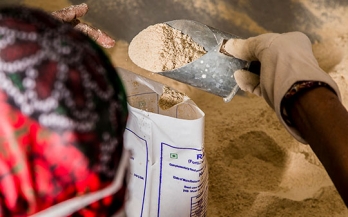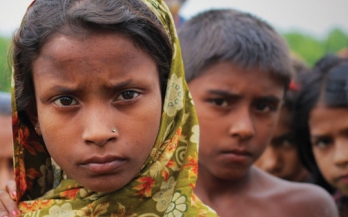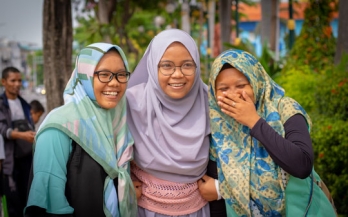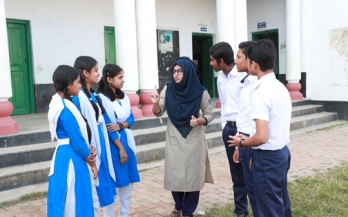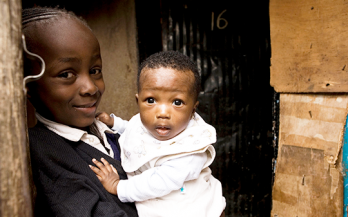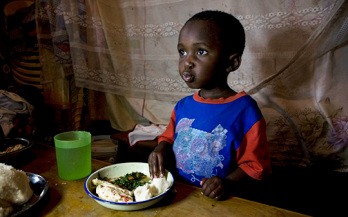In an effort to address these evidence gaps, the Global Nutrition Report of 2014 and the Micronutrient Forum 2014 Global Conference proceedings specifically highlighted the need to pay more attention to programme coverage as the main approach to assessing the availability, access and utilisation of nutrition programmes. This paper calls for renewed and coordinated efforts to better track programme coverage and to build systems for data-driven decision-making.
Eight in ten female readymade garment (RMG) workers in Bangladesh suffer from anemia, a condition which damages both health and productivity. This study evaluated the effectiveness of a workplace nutrition program on anemia reduction in female RMG workers of Bangladesh.
In Bangladesh, high rates of undernutrition persist among adolescent females living in low‐income households. Qualitative research was carried out to examine individual, social, and environmental factors influencing eating behaviors of female adolescents between 15‐19 years of age living in low‐income families in urban and rural settings in Bangladesh.
Vietnamese Living Standard Surveys showed that the rate of overweight and obese in Vietnamese adults doubled between 1992 and 2002. Considering the increasing public health concern over the double burden of malnutrition in Vietnam, we investigated micronutrient deficiencies among women of reproductive age according to their Body Mass Index.
Adolescence is a critical period characterized by physical, social and developmental changes that impact on health and eating behavior. Qualitative research was conducted in Java, Indonesia to examine individual, social, environmental and macrosystem factors affecting snacking behaviors in unmarried adolescent girls 16‐19 years of age.
In this paper, we used national prevalence estimates among girls and young women 10–22 y of age from the 2014 State of Food Security and Nutrition in Bangladesh report as an example to demonstrate that determining the true prevalence of undernutrition, overweight, and obesity is complicated by racial/ethnic variation across populations in timing of the adolescent growth spurt, growth potential, and body build.
The objective of this study was to determine the association between breastfeeding practices, diet and physical activity and maternal postpartum weight. This was a secondary data analysis of a randomized community trial on beneficiaries of the Programa de Desarrollo Humano Oportunidades, recently renamed Prospera, without any diseases that could affect body weight.
Poor quality infant and young child (IYC) diets contribute to chronic under‐nutrition. To design effective IYC nutrition interventions, an understanding of the extent to which realistic food‐based strategies can improve dietary adequacy is required. The objective of this study was to assess the nutrient adequacy of children's diets in two rural agro‐ecological zones of Kenya.
Schoolchildren in Nigeria are rarely targeted by micronutrient interventions. This study determined the effects of a multi-micronutrient beverage on biochemical and anthropometric indicators of nutritional status among schoolchildren participating in a pilot school feeding program in Nasarawa State, Nigeria.
As stunting moves to the forefront of the global agenda, there is substantial evidence that behaviour change interventions (BCI) can improve infant feeding practices and growth. The objective of this study was to examine the design and implementation of complementary feeding behaviour change interventions, from the peer‐reviewed literature, to identify generalisable key determinants.
